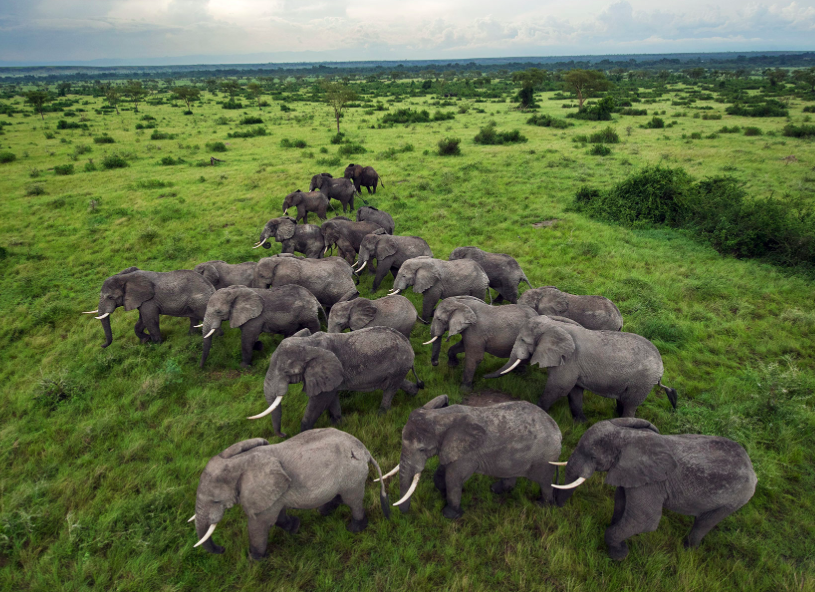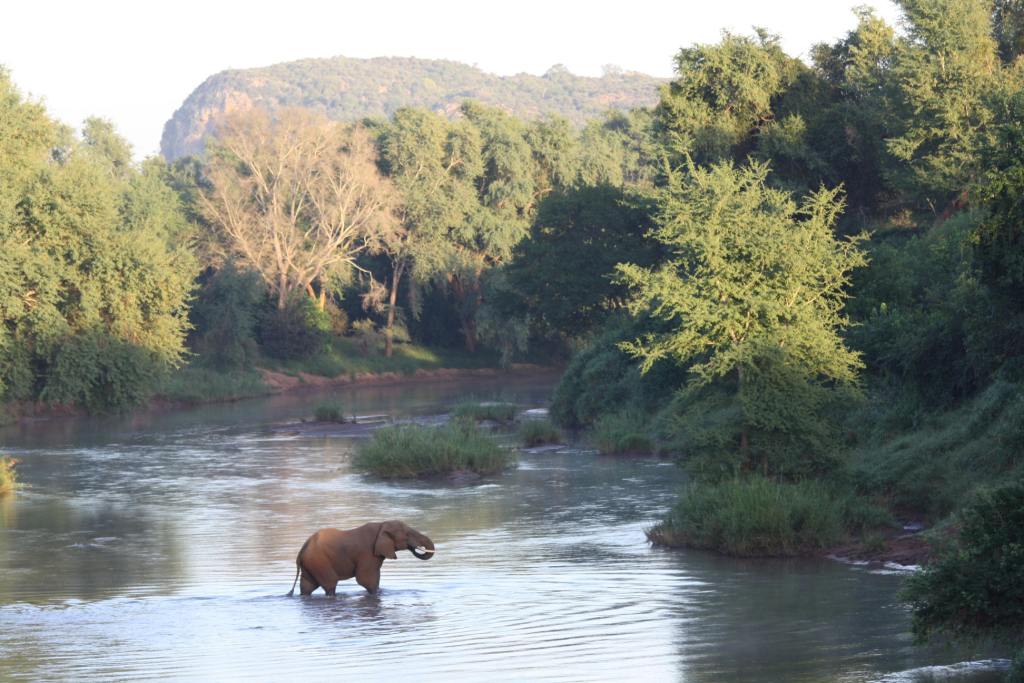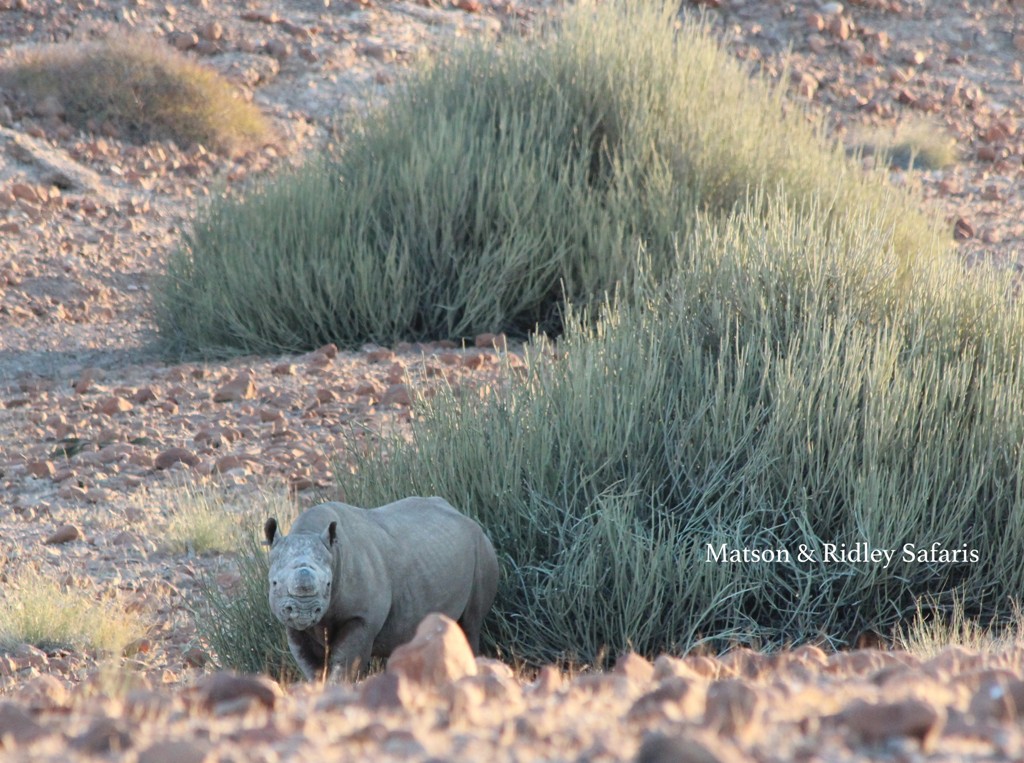CITES' latest report on the results of the MIKE (Monitoring the Illegal Killing of Elephants) programme has some good news in it for elephant populations and some not so good. The overall number of elephants being killed for ivory has stabilised, after a peak in 2011, but there are still more elephants killed every year than are born (see BBC story).
 Graph showing proportion of total elephants found killed that were poached, from the MIKE programme, 2015. Note the declining trend in poaching since the 2011 peak.
Graph showing proportion of total elephants found killed that were poached, from the MIKE programme, 2015. Note the declining trend in poaching since the 2011 peak.
In Kenya, things appear to be looking up, especially in Tsavo National Park, with an overall decline in poaching reported. Well done Kenya! It hasn't been an easy few years for Kenya, with the ecotourism industry hard hit by unfounded fears of ebola (which never came close to the country) and a couple of terrible terrorist attacks, but nonetheless their commitment to turn things around for elephants appears to be paying dividends.
Of concern however is the upward trend in poaching in the world famous Kruger National Park, and a couple of other southern African sites including Chewore, Zimbabwe. In southern Africa, poaching levels are still well below the sustainability threshold, but the upward trend is of concern, especially as this part of the world is considered a real refuge for elephants.
Central and West Africa continue to be of serious concern, with poaching levels still well above the sustainability threshold for elephant populations. Read the full report here.
So overall, I think this latest CITES report suggests the great efforts made in recent years, at all ends of the spectrum from demand reduction to anti-poaching, are making a difference in some places, but it's definitely not the time to be complacent.
What about rhinos? The recent report by IUCN showing that overall poaching across Africa for rhinos is at its highest since 2008 shows that poaching is by no means slowing down across Africa for other thick-skinned large mammals either. The South African government recently reported that rhino poaching was down in South Africa in 2015 compared to the previous year, albeit by a very small number (about 40). The big picture outlined in the IUCN report just out suggests the fight must go on if rhinos are to have a future in the wild.
Why go on fighting this battle? Lots of reasons, but a big one is that it IS possible to win.
I take heart from countries like earthquake-hit Nepal, which has had ZERO poaching of its greater one-horned rhinos in three of the past five years. Part of their success in conservation following the civil war (which took a hard toll on wildlife) is reported to be their tough penalties on poaching and a streamlined judicial process dealing with offences.
And then there is Uganda, which has seen its elephant population increase 600% from 700-800 in the 1980s to over 5000 in 2015. These countries demonstrate that it is possible to turn things around; and that political will and hard line processes are key to success. It's amazing what can happen when governments take this problem seriously.
 Elephants in Queen Elizabeth National Park, Uganda, are doing better than in the 1980s by a long way (photo by National Geographic)
Elephants in Queen Elizabeth National Park, Uganda, are doing better than in the 1980s by a long way (photo by National Geographic)


